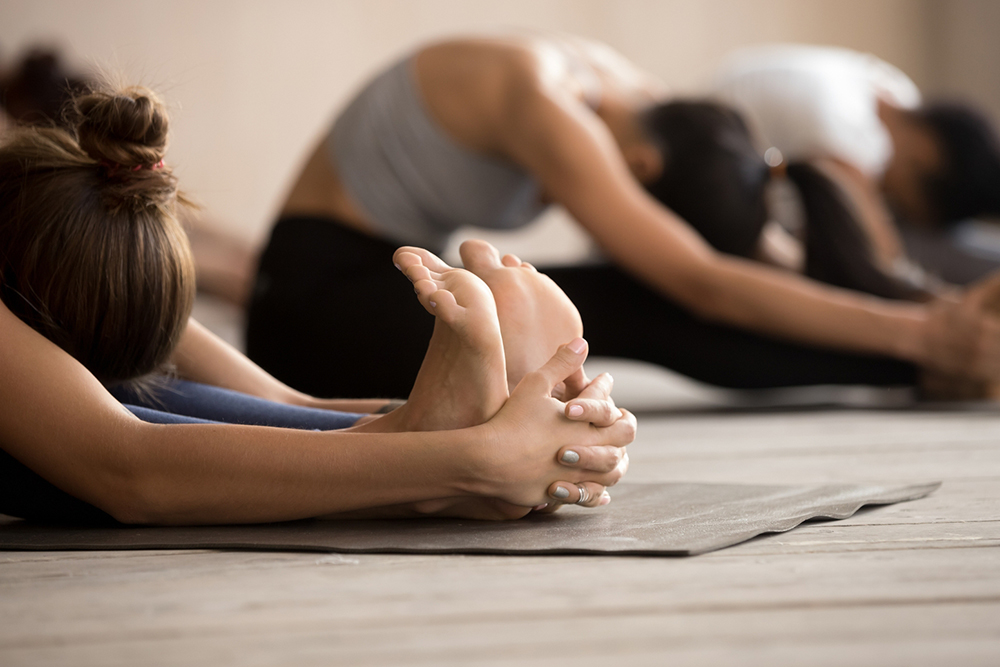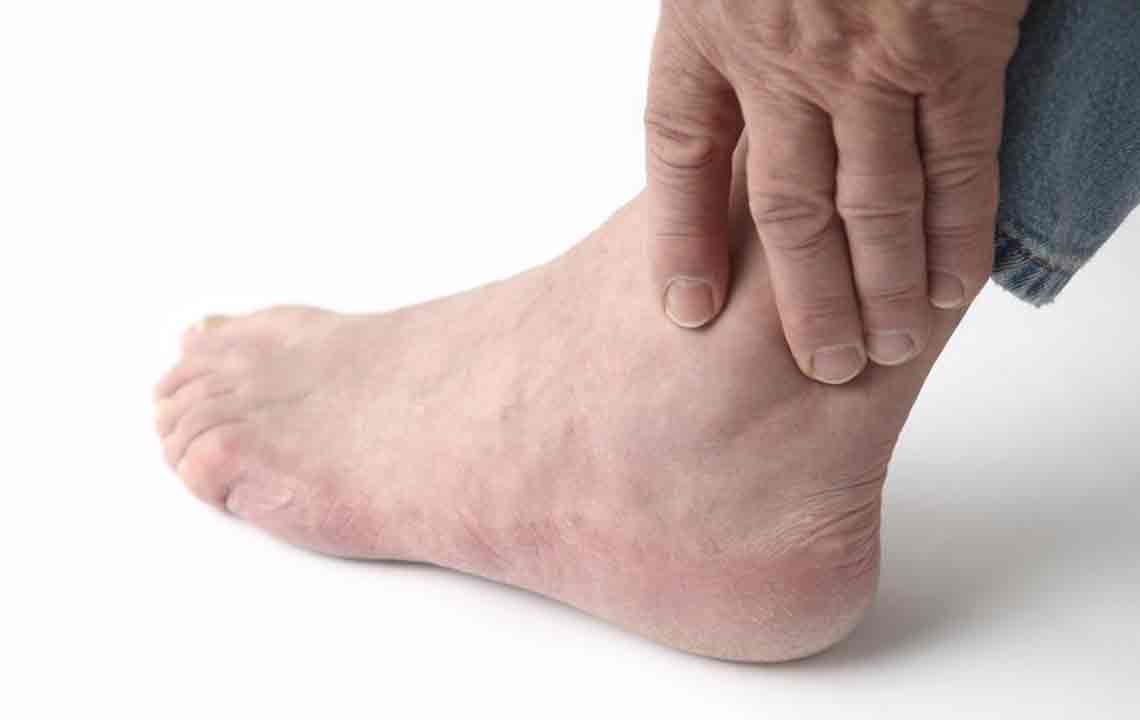Effective Strategies for Alleviating TMJ Discomfort: Exercises and Tips
Discover effective exercises and practical tips to relieve TMJ pain and improve jaw function. This comprehensive guide covers exercises like fish motion, chin tucks, and relaxation techniques, alongside advice on managing stress, diet, and temperature therapy. Incorporate these methods into your routine for lasting relief from TMJ discomfort and improved jaw health.
Sponsored

Strategies for Reducing TMJ Discomfort: Practical Exercises and Advice
The temporomandibular joint (TMJ) acts as a hinge connecting the jawbone to the skull, with one joint on each side of the face. Issues such as teeth grinding, injuries, or arthritis can lead to TMJ dysfunction, causing pain and tenderness in the joint and surrounding muscles. Engaging in targeted exercises and physical therapy can greatly help ease TMJ discomfort.
Recommended exercises to soothe TMJ pain
1. Fish Exercise
Begin by pressing your tongue against the roof of your mouth. Place an index finger on each TMJ. Gently lower your chin while applying light pressure with your fingers. Repeat six times daily to help realign the jaw and ease pain during chewing.
2. Mandibular Stability Exercise
This is suited for limited jaw movement due to TMJ issues. Start with a relaxed jaw. Place your thumb under the chin, gently press while opening the mouth, then shift position to the sides. Aim for five repetitions daily to improve mobility and reduce pain.
3. Chin Tucks for Posture Correction
Poor posture can contribute to TMJ pain. Stand upright, shoulders back, chest forward. Tuck your chin inward, hold for three seconds, and repeat up to ten times daily to improve spinal alignment and relieve discomfort.
4. Lateral Jaw Movement
Use a small object, like a wooden stick, in your mouth with a gentle bite. Shift your jaw side to side and forward-backward without loosening your grip. Once comfortable, try a thicker stick to increase mobility.
5. Tongue-Roof Exercise
Sit or stand comfortably, place your tongue against the roof of your mouth. Try to extend the jaw as far as possible without dropping the tongue. Close and open your jaw slowly. Perform sets of 10, three times daily to relax TMJ muscles.
6. Rocabado’s Six-by-Six Routine
This comprehensive set of six exercises can be integrated into daily habits: Place your tongue on the palate; open and close the jaw; stabilize rhythmically with chin pressure; nod your head; squeeze shoulder blades; and move the neck forward and back. Repeat multiple times for relief.
7. Relaxation Techniques
Seniors or those with extensive pain may benefit from relaxation exercises. Practice slow, deep belly breathing or perform progressive muscle relaxation to reduce stress and muscle tension.
Additional Tips for Managing TMJ Pain
1. Avoid Hard or Sticky Foods
Opt for softer foods like rice and cut into small bites to prevent aggravating TMJ.
2. Use a Mouthguard
Wearing a mouthguard can help prevent teeth grinding, especially during sleep.
3. Reduce Stress
Stress management techniques such as yoga, meditation, and controlled breathing can minimize muscle tension associated with TMJ issues.
4. Apply Temperature Therapy
Hot compresses improve circulation and relax muscles, while cold packs can decrease swelling and numb pain. Alternating between the two can be very effective.





